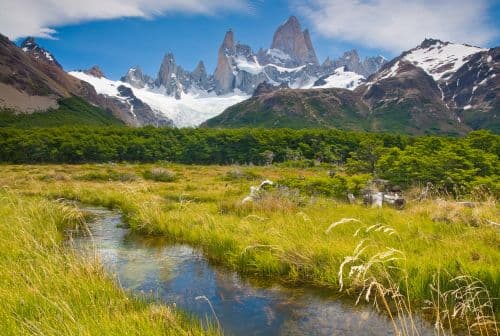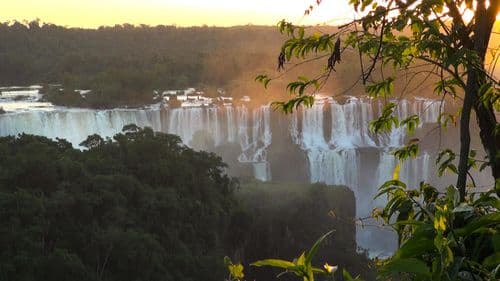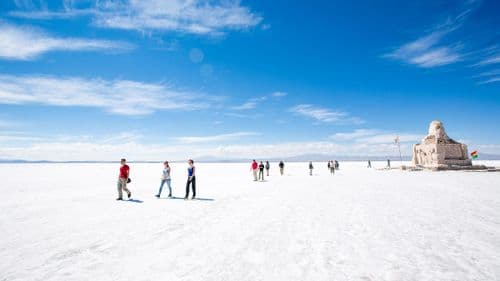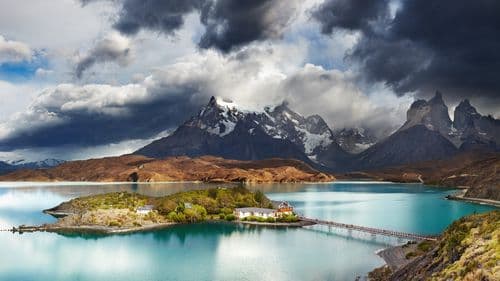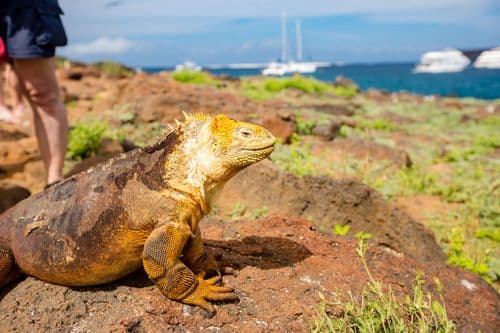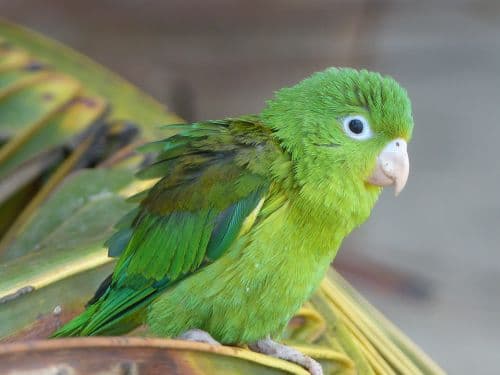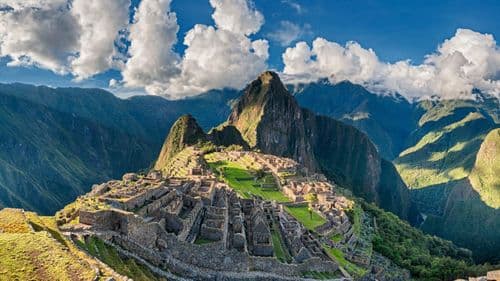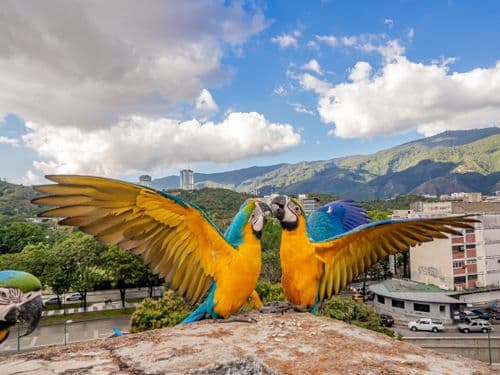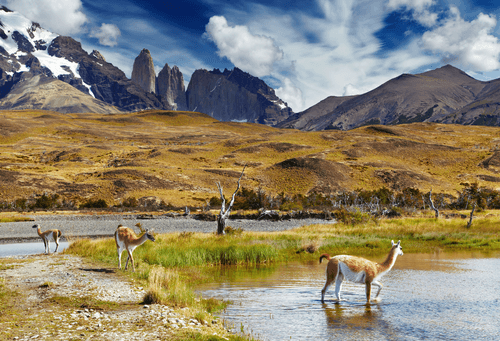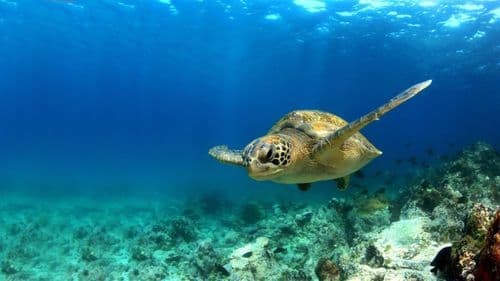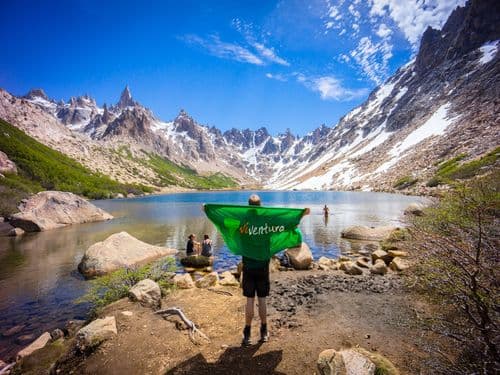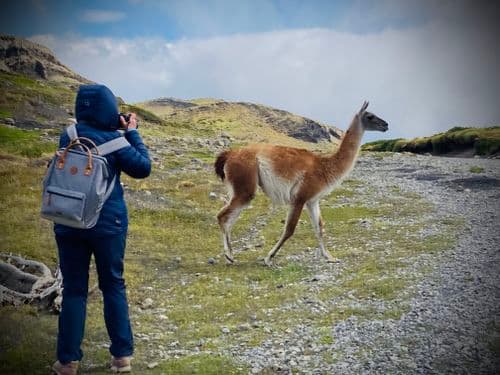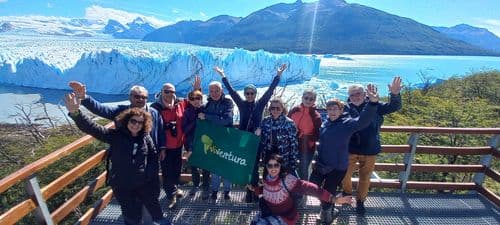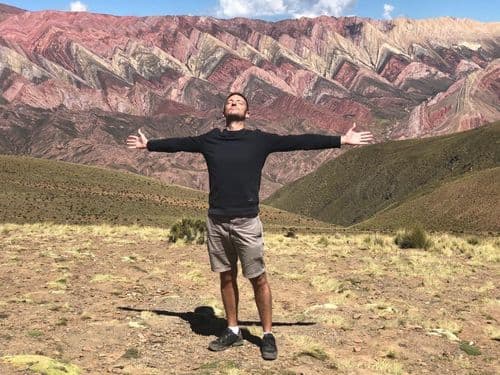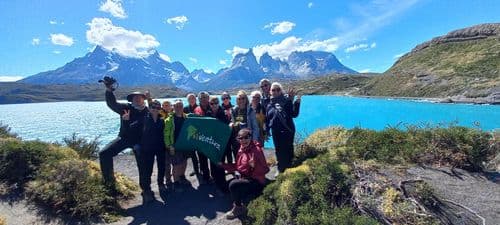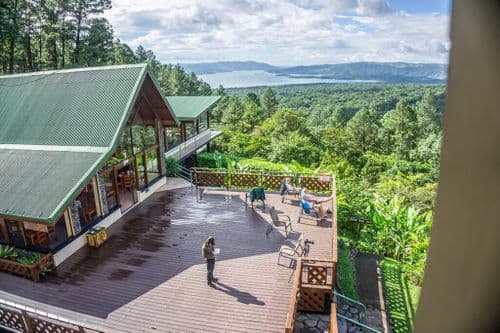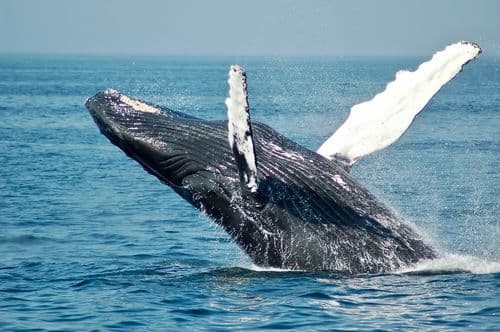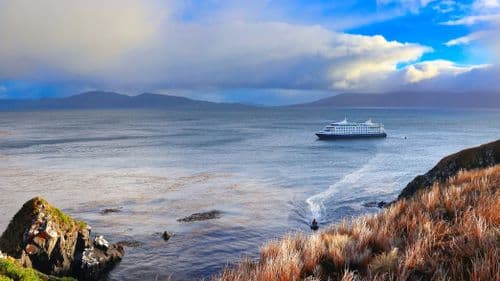Informationen über Rockhopper Penguin
Our Expert Says… "Another Falklands highlight, these penguins are well-named. They can climb sheer cliffs that most humans would struggle to deal with, even with special equipment. You can sometimes find rockhopper nest sites right at the top of cliffs - a testament to their abilities and proof that penguins aren't all ungainly on land!"
Rockhopper penguins are one of the smaller species, but also one of the most distinctive! One of several species of crested penguin, rockhoppers sport a "crown" of spiky yellow and black feathers on their heads. The chicks are not born with crests, though - these develop with age.
Other distinguishing features of rockhoppers are their red eyes, orange beaks, and pale pink feet.
They have a wide range across the southern oceans and South Atlantic, but the southern-most colonies are in Chile, Argentina, and the Falkland Islands. The Falklands present the rockhoppers with their ideal nesting sites - they prefer shallow rocky shorelines with grass cover behind. They like to make their nests among tussocks of grass or in burrows in between them.
Rockhoppers, like a lot of the subantarctic penguins, prefer krill and crustaceans to fish. They also feed on squid, shrimps, and small crabs. They are excellent swimmers and master divers - it's not unusual for rockhoppers to dive as deep as 90m (300ft) or more when hunting, and they can hold their breath for several minutes at a time.
Like most penguins, there are no land-based predators that attack the adults. At sea, leopard seals and fur seals are their main attackers. Their chicks and eggs are much more vulnerable and are targets for aggressive seabirds like brown or Antarctic skuas, petrels, sheathbills, and kelp gulls.
Rockhoppers are one of the most numerous penguin species, but their population declined by over 30% between 1970 and 2000. Although the exact reason for this decline isn't known, it's suspected that climate change is impacting water temperatures, reducing the stocks of its usual prey. Because these penguins are limited in range to the Falkland Islands and the tip of South America they are particularly vulnerable to changes in their food supply.
Bilder von Rockhopper Penguin










